
Mastering My Apps in 2025: Organize, Optimize, and Automate for Peak Productivity
The Expanding Digital Toolkit: Understanding "My Apps" in 2025
In 2025, our lives are intricately woven with a vast array of digital applications. From the moment we wake up, we rely on apps for checking the news, managing our schedules, and communicating with colleagues and friends. At work, we use project management apps, data analysis tools, and communication platforms to get tasks done. In our personal time, entertainment, fitness, and shopping apps cater to our various needs. This collection of "my apps" forms our personal digital ecosystem, a set of tools that we depend on daily to navigate through life and work.
However, this reliance on multiple applications comes with its fair share of challenges. Fragmentation is a significant issue. Each app often operates in its own silo, making it difficult to access and share information seamlessly. For instance, data from a project management app might not easily integrate with a financial analysis tool, leading to inefficiencies when trying to compile comprehensive reports. Context - switching is another hurdle. Constantly jumping between different apps to complete related tasks can disrupt our focus and productivity. We might be working on a project in one app, then need to switch to an email app to communicate updates, and then back again, losing valuable time in the process. Data silos also pose a problem. Information is scattered across various apps, making it hard to get a holistic view of a particular subject or task.
:::: key-takeaways ::::
- Our digital lives in 2025 rely heavily on a diverse set of "my apps" for work and personal use.
- Fragmentation, context - switching, and data silos are common challenges when managing these apps.
- A well - organized approach to "my apps" can help mitigate these issues. ::::
Strategies for Organizing and Optimizing My Apps
To bring order to the chaos of multiple apps, categorization is a great starting point. Grouping apps by function can make it easier to locate and use them. For example, all communication apps like email clients, instant messaging platforms, and video conferencing tools can be grouped together. Project management apps, task managers, and document - sharing apps can form another category. This way, when you need to communicate, you know exactly where to look, and when you're focused on project - related tasks, all relevant apps are in one mental "folder."
Consolidation is also crucial. Many of us end up with redundant apps, perhaps due to trying out different options or because of recommendations. Take the time to evaluate which apps are truly necessary. If you have two note - taking apps, for instance, choose the one that best suits your needs in terms of features, ease of use, and integration with other tools. This not only declutters your device but also simplifies your digital life.
Customization is a powerful way to optimize your apps. Most apps offer a range of settings that can be tailored to your preferences. Adjust notifications to only receive alerts that are truly important. You can set specific times for certain apps to send notifications, ensuring they don't disrupt your workflow. Personalize the layout of apps to make them more intuitive for you. Some apps allow you to rearrange sections or customize the toolbar, making it easier to access frequently used features.
Regular review of your app usage is essential. Our needs change over time, and so should our app selection. Periodically audit which apps you use frequently, which ones are rarely touched, and which new apps might be beneficial. This could be a quarterly or bi - annual review. By doing so, you can ensure that your collection of "my apps" remains relevant and efficient, optimizing all my apos, or applications, for peak performance.
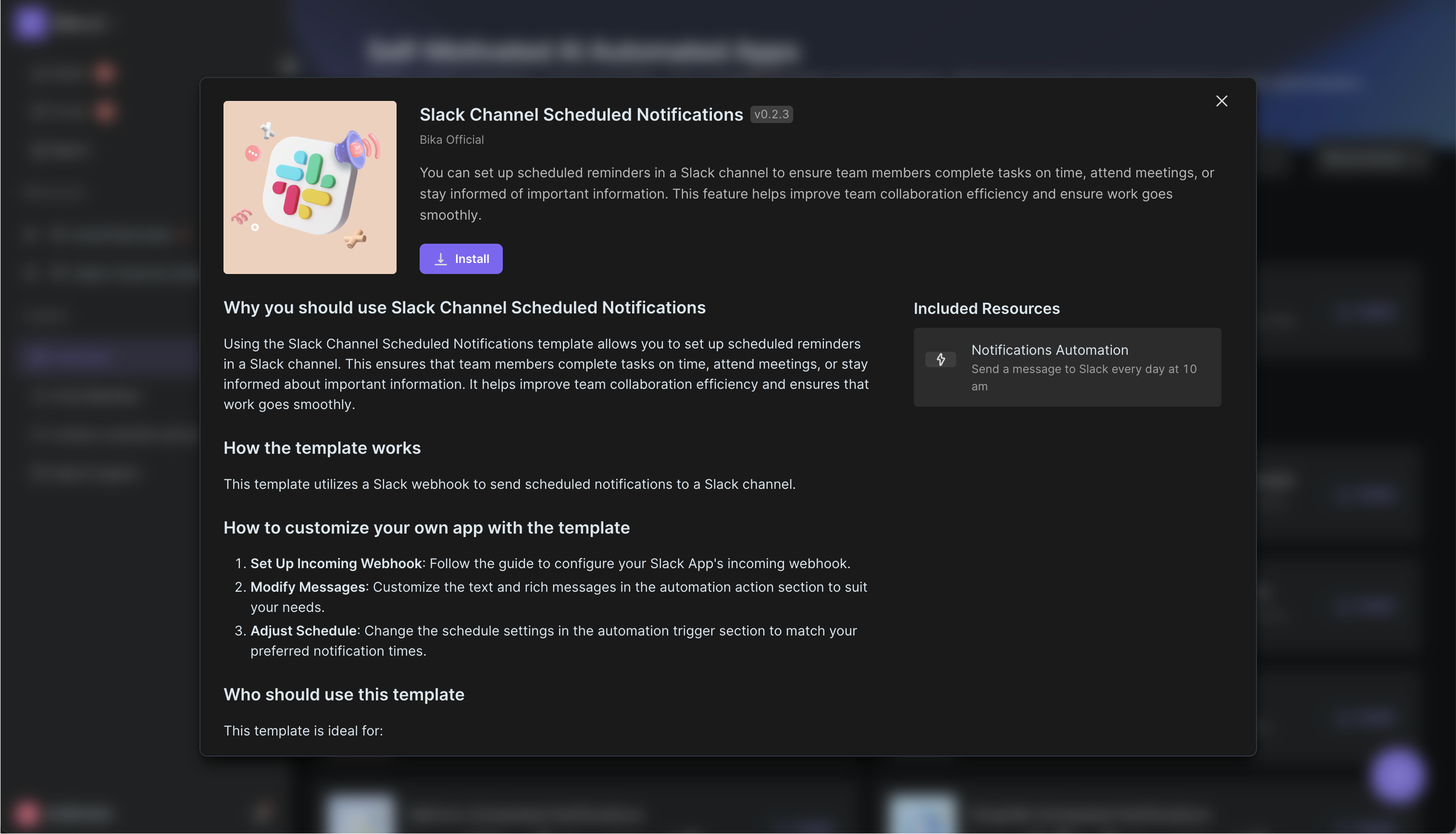
Beyond Individual Apps: The Power of Integration and Automation
While organizing and optimizing individual apps is a great start, the real magic happens when we make these apps "talk" to each other. This is where integration and automation come into play. Workflow automation platforms like Zapier (https://zapier.com/), Make.com (https://www.make.com/), and Airtable (https://www.airtable.com/) have emerged as game - changers in this regard.
These platforms allow you to connect disparate applications, enabling data to flow seamlessly between them. For example, you can set up a Zap in Zapier to automatically create a task in your project management app whenever a new email arrives in your inbox with a specific subject line. This eliminates the need for manual data entry and ensures that important tasks are not overlooked. Data synchronization is another significant benefit. If you update a record in a customer relationship management (CRM) app, it can automatically update the corresponding entry in a spreadsheet app, keeping all your data consistent.
Automated reporting is also made possible. You can configure a workflow to gather data from multiple apps, compile it into a report, and send it to relevant stakeholders at regular intervals. Cross - app notifications can alert you when certain events occur across different apps. For instance, if a task is marked as completed in a project management app, you can receive a notification in your messaging app, keeping you informed without having to constantly check each individual app. Streamlined task management is achieved as tasks can be automatically assigned, prioritized, and tracked across multiple apps.
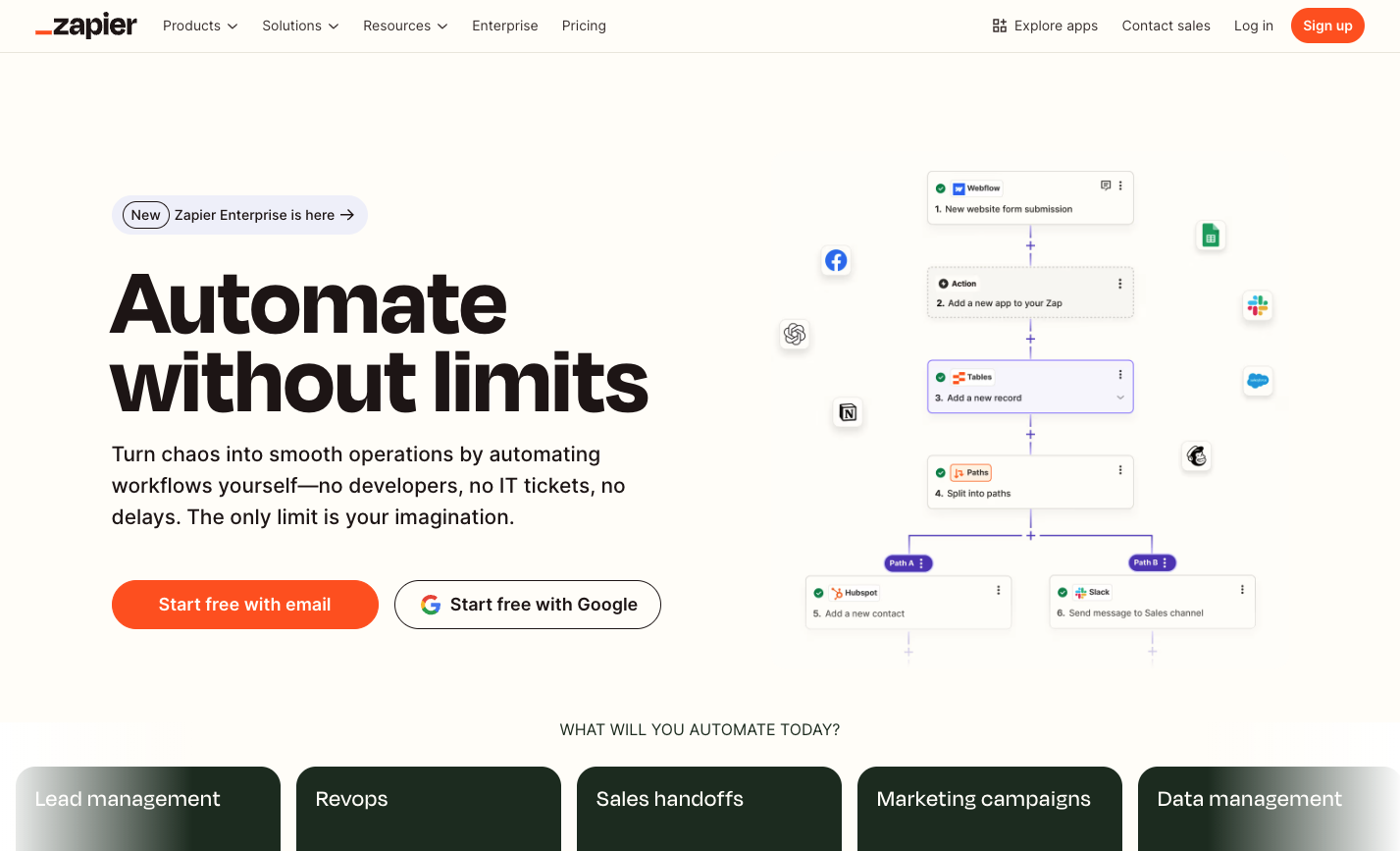
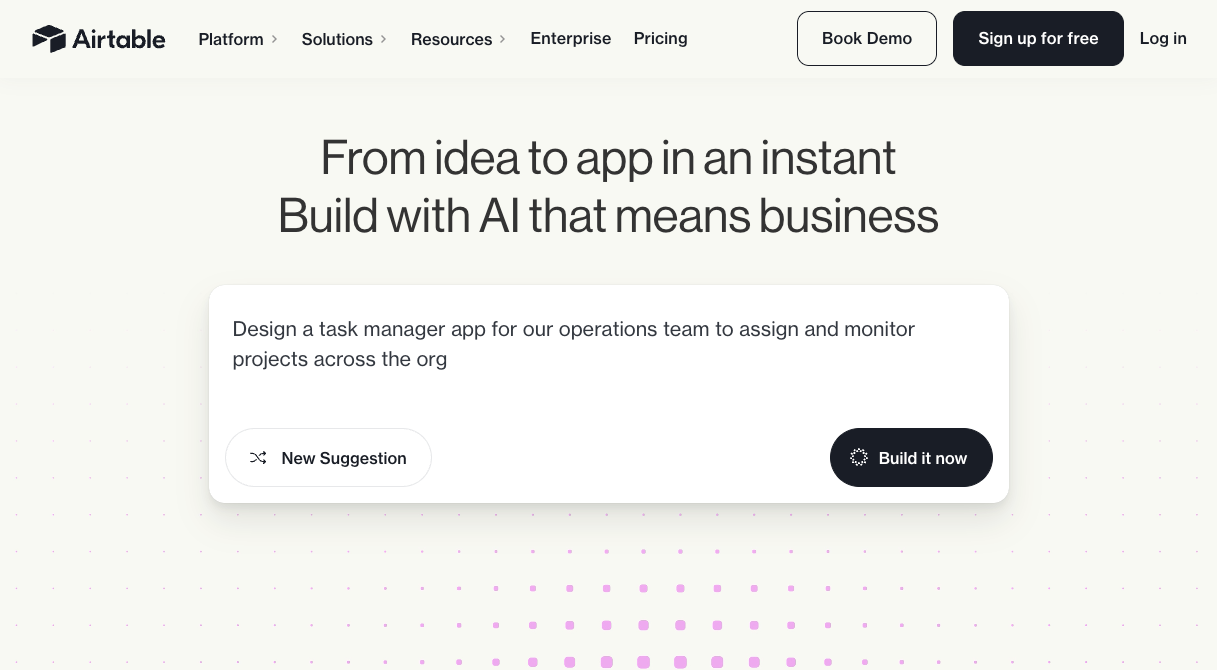
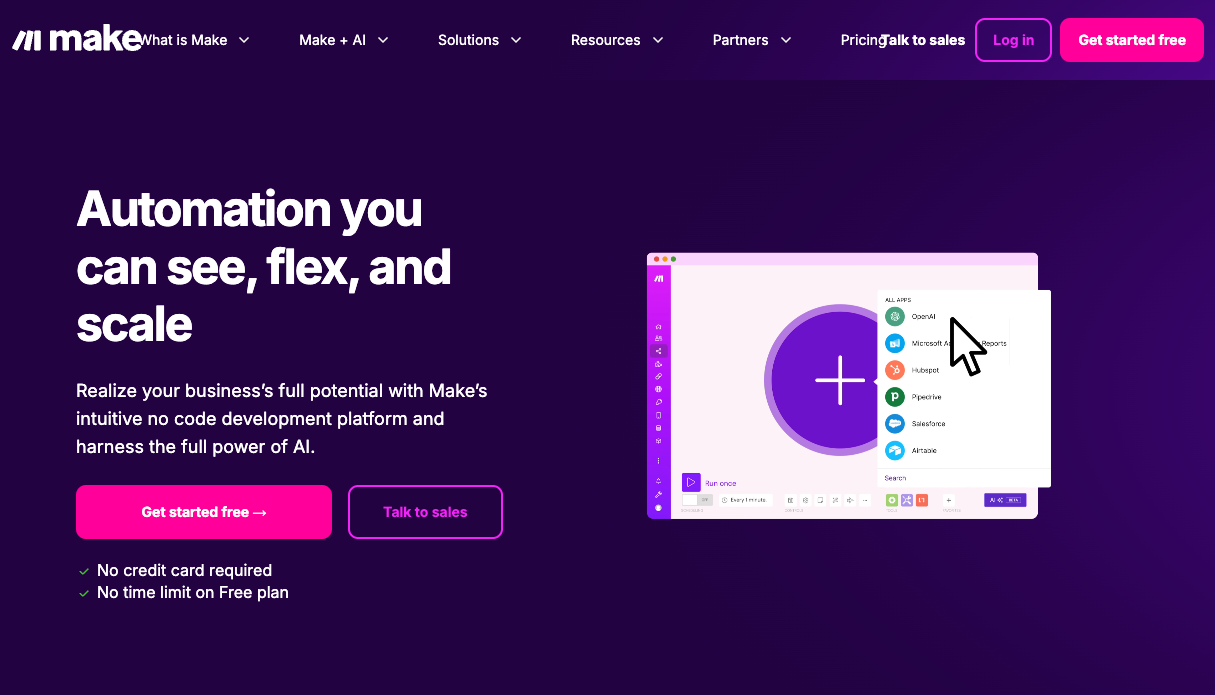
Transforming "My Apps" with Bika.ai Automation
Bika.ai is an intuitive and powerful platform that takes app automation to the next level. It empowers users, regardless of their technical expertise, to create sophisticated workflows that connect their favorite applications. Bika.ai acts as a bridge, breaking down the silos between apps and creating seamless operations.
Whether managing my apos for business or personal use, Bika.ai simplifies the process. It offers a user - friendly interface where you can visually design workflows, making it accessible even to those with no coding background. With Bika.ai, you can create complex automations that would otherwise require significant technical knowledge, enabling you to unlock the full potential of your "my apps" ecosystem.

Automating "My Apps": The Bika.ai Business Contract Management Template for ``
The Business Contract Management template on Bika.ai is a prime example of how to automate a specific and crucial workflow within your "my apps" setup. This template is designed to address the traditional challenges associated with contract management. It is particularly useful for Sales, Finance, Project Managers, and Management teams.
💡Why you should use Business Contract Management
This template tackles issues such as fragmented information, where contract - related data is spread across multiple sources. It also solves the problem of difficulty in tracking, redundant data entry, and lack of transparency in contract status. The automated reminder feature is a standout. When a contract is nearing its expiration, the team can automatically send email notifications to relevant members. This effectively improves contract lifecycle management efficiency, reduces manual operations, ensures data accuracy, and enhances team collaboration.
👉 How the template works
- Centralized Contract Management: The Contracts table stores detailed information about each contract, including description, category, contract type, status, signing date, and effective date. It has multiple views, such as the Contract Submission Form view, Upcoming Expirations view, Contract Status Kanban view, and Documents on File gallery view. In the Contract Submission Form view, each record submitted is stored and then synchronized with other views, ensuring data consistency.
- Linked Activities Tracking: The Contract Activity table tracks related actions and requests for each contract. Fields like Description of Request and Service Requested are included, with Related Contract and Existing Contract reference fields to link activities back to the Contracts table. This helps in keeping a comprehensive record of all contract - related activities.
- Improved Workflow Views: The template offers views like the Contract Status Kanban in Contract Activity. These views help teams visualize contracts and activities in different formats, such as by category, status, or expiration date. This enables teams to prioritize tasks based on deadlines or contract phases.
- Efficient Team Collaboration: By linking contracts with related activities and using automated processes, all team members have access to the most up - to - date and accurate information. This enhances communication, reduces data redundancy, and boosts the efficiency of contract lifecycle management.
- Expiration Reminder Automation: Automatic reminders for upcoming contract expirations can be set up, ensuring timely follow - up.
👉 Key Features of This Template
- Centralized Contract Management.
- Linked Activity Tracking.
- Automated Reminders.
- Kanban View and Gallery View.
This template contributes to improved contract lifecycle management, automated contract expiration notifications, enhanced data accuracy, reduced manual operations, effective contract tracking, increased status transparency, optimized team collaboration, and a streamlined contract renewal process. It seamlessly integrates different aspects of contract management within your "my apps" environment, making the entire process more efficient.
Try the [Business Contract Management Template](https://bika.ai/en/template/business - contract - management)
Conclusion: The Future of Your Digital Workspace
In 2025, the way we use "my apps" is evolving from simply using them in isolation to strategically organizing and automating them. By organizing our apps through categorization, consolidation, customization, and regular review, we lay the foundation for a more efficient digital workspace. And by leveraging automation platforms like Bika.ai, we can take this efficiency to new heights.
Bika.ai offers a powerful solution to unlock the full potential of your digital toolkit. It enables you to create custom automations that transform your individual apps into a highly efficient, interconnected system. To truly optimize my apos ecosystem, explore Bika.ai and start building custom automations today.
FAQ
Q: What are the main challenges of managing "my apps" in 2025? A: The main challenges include fragmentation, where apps operate in silos and information is difficult to share; context - switching, which disrupts focus and productivity; and data silos, making it hard to get a holistic view of information.
Q: How can Bika.ai help in managing "my apps"?
A: Bika.ai is a platform that allows users to create custom automations for their apps. It breaks down app silos, enabling seamless operations. The Business Contract Management template on Bika.ai, for example, helps in automating contract - related workflows, improving efficiency and collaboration.
Q: Why is the Business Contract Management template on Bika.ai useful?
A: The Business Contract Management template addresses traditional contract management challenges such as fragmented information, tracking difficulties, redundant data entry, and lack of status transparency. It offers features like centralized contract management, linked activity tracking, automated reminders, and various workflow views, which enhance contract lifecycle management and team collaboration.

Recommend Reading
- Choosing the Right AI Content Detector: A 2025 Comparison Guide
- Beyond ChatGPT: Bika.ai vs. Zapier, Make, Airtable for AI Marketing Campaign Analysis Automation
- Elevate Your Presentations: The Best Presentation Software Alternatives to PowerPoint in 2025
- Unleash Collective Intelligence: How Agent Swarm Revolutionizes AI Team Building
- Top RSS Reader Picks for 2025: Your Guide to Smarter Content Curation & Advanced Automation
Recommend AI Automation Templates
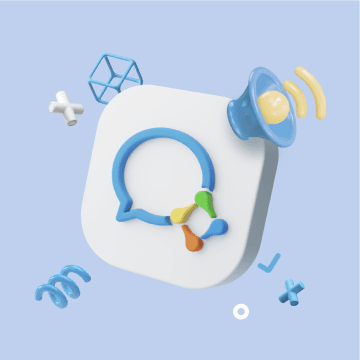
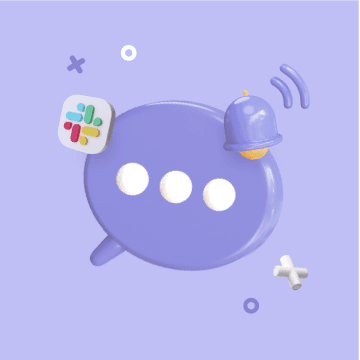
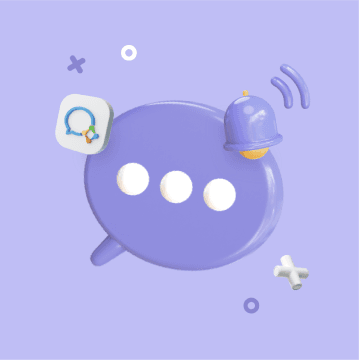
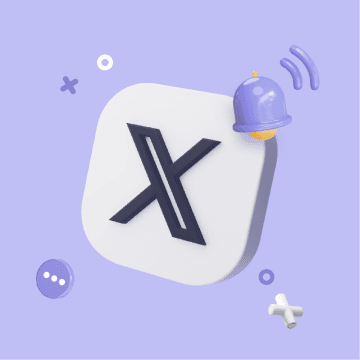

Coming soon

Coming soon